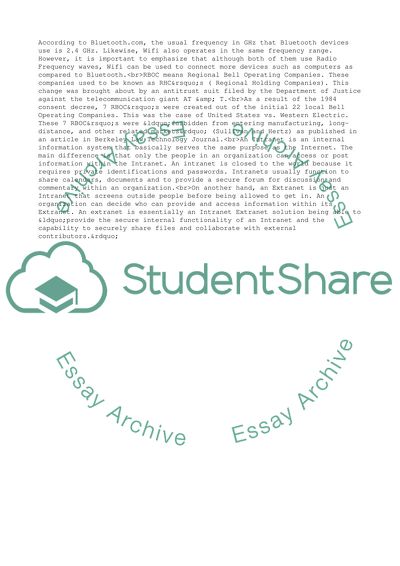Cite this document
(Telecommunication Management In Modern Life Case Study, n.d.)
Telecommunication Management In Modern Life Case Study. Retrieved from https://studentshare.org/management/1731620-telecommunication-management-course
Telecommunication Management In Modern Life Case Study. Retrieved from https://studentshare.org/management/1731620-telecommunication-management-course
(Telecommunication Management In Modern Life Case Study)
Telecommunication Management In Modern Life Case Study. https://studentshare.org/management/1731620-telecommunication-management-course.
Telecommunication Management In Modern Life Case Study. https://studentshare.org/management/1731620-telecommunication-management-course.
“Telecommunication Management In Modern Life Case Study”, n.d. https://studentshare.org/management/1731620-telecommunication-management-course.


